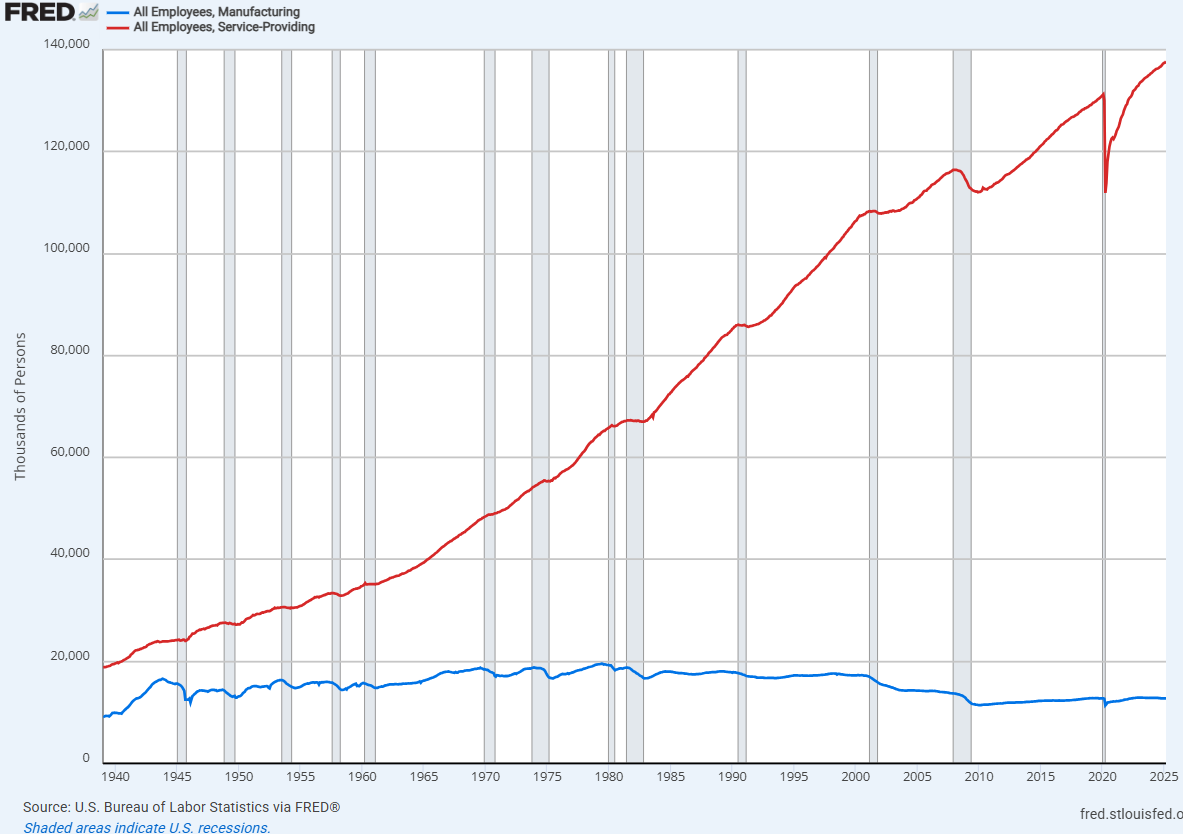Think Social Security Gives You a Raise Every Year? Not So Fast
There are many people who sign up for Social Security in their 60s and end up collecting benefits for 20 years or more. And for people in that boat, Social Security cost-of-living adjustments, or COLAs, can be a lifeline. But do Social Security benefits get a COLA every year? The answer isn’t so simple. How […] The post Think Social Security Gives You a Raise Every Year? Not So Fast appeared first on 24/7 Wall St..

There are many people who sign up for Social Security in their 60s and end up collecting benefits for 20 years or more. And for people in that boat, Social Security cost-of-living adjustments, or COLAs, can be a lifeline.
Key Points
-
Social Security benefits are entitled to a cost-of-living adjustment each year.
-
That doesn’t guarantee that benefits will rise from one year to the next.
-
Even when Social Security benefits do get a raise, it’s not always so effective.
-
4 million Americans are set to retire this year. If you want to join them, click here now to see if you’re behind, or ahead. It only takes a minute. (Sponsor)
But do Social Security benefits get a COLA every year? The answer isn’t so simple.
How Social Security COLAs work
Social Security benefits are eligible for a COLA every year. But that doesn’t mean that they get one.
COLAs are calculated based on third quarter data from the Consumer Price Index for Urban Wage Earners and Clerical Workers (CPI-W). When there’s a rise in the CPI-W from one year to the next, Social Security benefits go up.
But if there’s no increase in the CPI-W, Social Security benefits don’t get a COLA that year. And there have been several instances in the past where benefits didn’t increase at all from one year to another.
There have also been times when inflation decreased from one year to the next. But don’t worry — there’s no such thing as a negative Social Security COLA.
In that situation, the worst thing that happens is that benefits don’t get an increase. But they also can’t decrease from one year to the next — at least not because of inflation.
On an individual level, it’s possible to have Social Security benefits go down from one year to another, such as if the agency made an overpayment or if benefits are impacted by the earnings test, which applies to people who work while collecting Social Security before reaching full retirement age. But on a broad level, the worst that happens with Social Security is that benefits remain flat from one year to the next.
This concept also applies in the context of Medicare increases. Seniors who are on Medicare and Social Security pay their Part B premiums out of their benefits.
It’s possible for a Part B increase to outpace a COLA. In that case, though, benefits don’t decrease from one year to the next.
Social Security COLAs often fall short
Ever since automatic COLAs started in the mid-1970s, Social Security benefits have increased most years. But that doesn’t mean seniors have benefitted from COLAs as much as they should.
The problem is that the CPI-W does not do a great job of capturing the costs that are specific to seniors. And because of that, Social Security recipients often lose buying power through the years despite being eligible for COLAs.
Some advocates have suggested changing the basis of COLA calculations to the Consumer Price Index for the Elderly (CPI-E). That could lead to COLAs that are more accurately representative of the costs retirees are bearing. But that idea has been floated for a long time, and so far, lawmakers don’t seem to be biting.
It’ll be interesting to see if this new administration takes steps to address the issue of insufficient Social Security COLAs. But seeing as how there’s also the issue of Social Security cuts to worry about, lawmakers might have their hands full. And understandably, they may choose to focus on preventing benefit cuts before addressing the fact that seniors are desperate for a new COLA formula.
The post Think Social Security Gives You a Raise Every Year? Not So Fast appeared first on 24/7 Wall St..






























































































































































